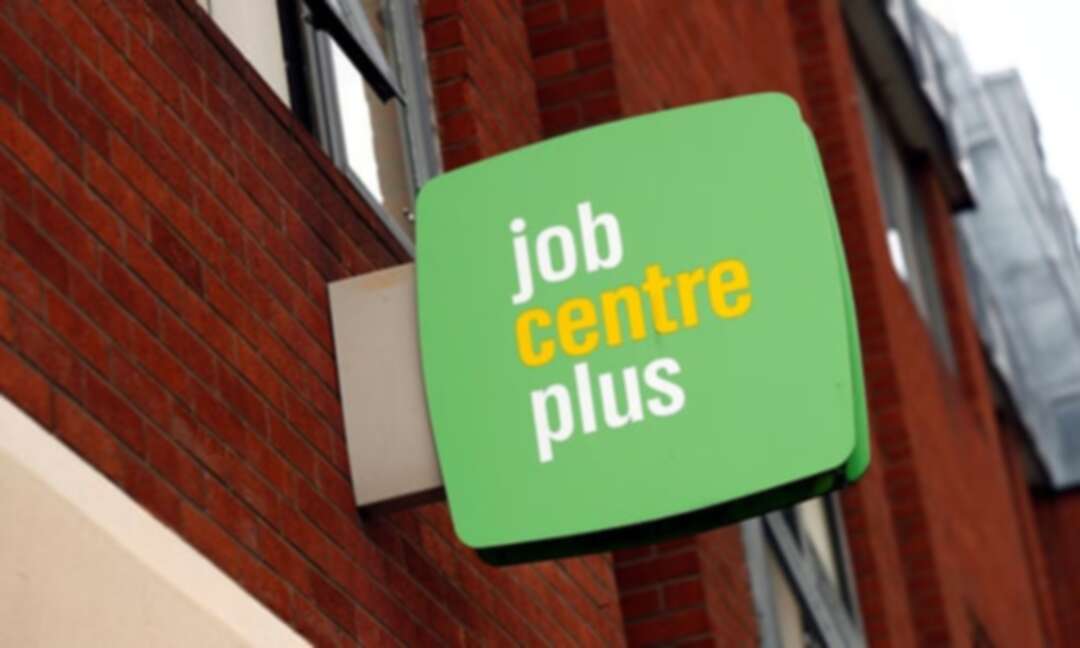-
UK unemployment rate falls to 4.9% despite Covid restrictions

Separate figures show 4.7m jobs were furloughed at the end of February UK
UK unemployment edged down in February as the jobs market showed further signs of improvement before the easing of Covid restrictions.
The Office for National Statistics said the unemployment rate fell to 4.9% in the three months to February, down slightly from 5% in the three months to January, the first quarterly decrease since the last quarter of 2019.
The improvement reflects more stable conditions after the fastest growth in redundancies on record.
Early indicators for March and the first weeks of April pointed to rising numbers of job adverts placed online as employers in the hospitality sector started to hire workers in anticipation of lockdown easing on 12 April in England and Wales.
However, the picture of strength emerging in the jobs market comes with as many as 4.7m jobs furloughed at the end of February according to separate figures from HMRC, as the multibillion-pound emergency wage scheme prevents a higher rate of unemployment while the economy remains under pressure.
At a rate of 4.9%, the official figures show about 1.7 million people were unemployed in the three months to February. Rishi Sunak, the chancellor, said protecting jobs and the economy was his main focus during the pandemic. UK
“As we progress on our roadmap to recovery I will continue to put people at the heart of the government’s response through our plan for jobs – supporting and creating jobs across the country,” he said.
Despite the decline in the headline jobless rate, employment – which measures the number of people in work – fell slightly by 73,000 in the three months to the end of February, in a sign that the jobs market is stabilising but not yet managing to create significantly higher numbers of opportunities.
Early indicators from HMRC showed a small decrease in the number of employees on company payrolls in March, of about 56,000, in the first decline since November 2020. In the past year the number of workers on company payrolls has plunged by 813,000.
Employment among 18- to 24-year-olds continued to fall, dropping by 5.1 percentage points on the quarter, while there was also a further rise in young people moving into economic inactivity, meaning they stopped looking for work. Payroll data shows the number of young workers has fallen by almost 500,000 since January 2020, accounting for three-fifths of all employee jobs lost.
Frances O’Grady, the general secretary of the TUC, said urgent action was necessary from the government to support the jobs recovery as Covid-19 restrictions were eased, including a reboot of the £2bn kickstart jobs scheme, which provides job placements for under-25s.
“Young workers are bearing the brunt of this pandemic. Many of them working in badly hit industries like retail, hospitality and the arts have lost their jobs and are at risk of long-term unemployment,” she said. UK
Analysts said the unemployment rate remained on course to peak later this year after the furlough scheme ends. Suren Thiru, the head of economics at the British Chambers of Commerce, said there were signs that longer-term unemployment caused by Covid-19 would persist, particularly for young people.
This “may mean that the road back to pre-pandemic levels lags behind the wider economic recovery”, he said.
“Further action will be needed to support the labour market when the furlough scheme ends, including supporting businesses to recruit and retain staff through a temporary cut in employer national insurance contributions.” UK
source: Richard Partington
You May Also Like
Popular Posts
Caricature
BENEFIT Sponsors BuildHer...
- April 23, 2025
BENEFIT, the Kingdom’s innovator and leading company in Fintech and electronic financial transactions service, has sponsored the BuildHer CityHack 2025 Hackathon, a two-day event spearheaded by the College of Engineering and Technology at the Royal University for Women (RUW).
Aimed at secondary school students, the event brought together a distinguished group of academic professionals and technology experts to mentor and inspire young participants.
More than 100 high school students from across the Kingdom of Bahrain took part in the hackathon, which featured an intensive programme of training workshops and hands-on sessions. These activities were tailored to enhance participants’ critical thinking, collaborative problem-solving, and team-building capabilities, while also encouraging the development of practical and sustainable solutions to contemporary challenges using modern technological tools.
BENEFIT’s Chief Executive Mr. Abdulwahed AlJanahi, commented: “Our support for this educational hackathon reflects our long-term strategic vision to nurture the talents of emerging national youth and empower the next generation of accomplished female leaders in technology. By fostering creativity and innovation, we aim to contribute meaningfully to Bahrain’s comprehensive development goals and align with the aspirations outlined in the Kingdom’s Vision 2030—an ambition in which BENEFIT plays a central role.”
Professor Riyadh Yousif Hamzah, President of the Royal University for Women, commented: “This initiative reflects our commitment to advancing women in STEM fields. We're cultivating a generation of creative, solution-driven female leaders who will drive national development. Our partnership with BENEFIT exemplifies the powerful synergy between academia and private sector in supporting educational innovation.”
Hanan Abdulla Hasan, Senior Manager, PR & Communication at BENEFIT, said: “We are honoured to collaborate with RUW in supporting this remarkable technology-focused event. It highlights our commitment to social responsibility, and our ongoing efforts to enhance the digital and innovation capabilities of young Bahraini women and foster their ability to harness technological tools in the service of a smarter, more sustainable future.”
For his part, Dr. Humam ElAgha, Acting Dean of the College of Engineering and Technology at the University, said: “BuildHer CityHack 2025 embodies our hands-on approach to education. By tackling real-world problems through creative thinking and sustainable solutions, we're preparing women to thrive in the knowledge economy – a cornerstone of the University's vision.”
opinion
Report
ads
Newsletter
Subscribe to our mailing list to get the new updates!






















